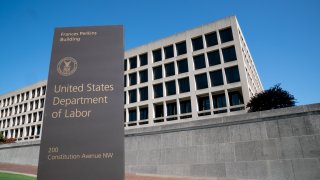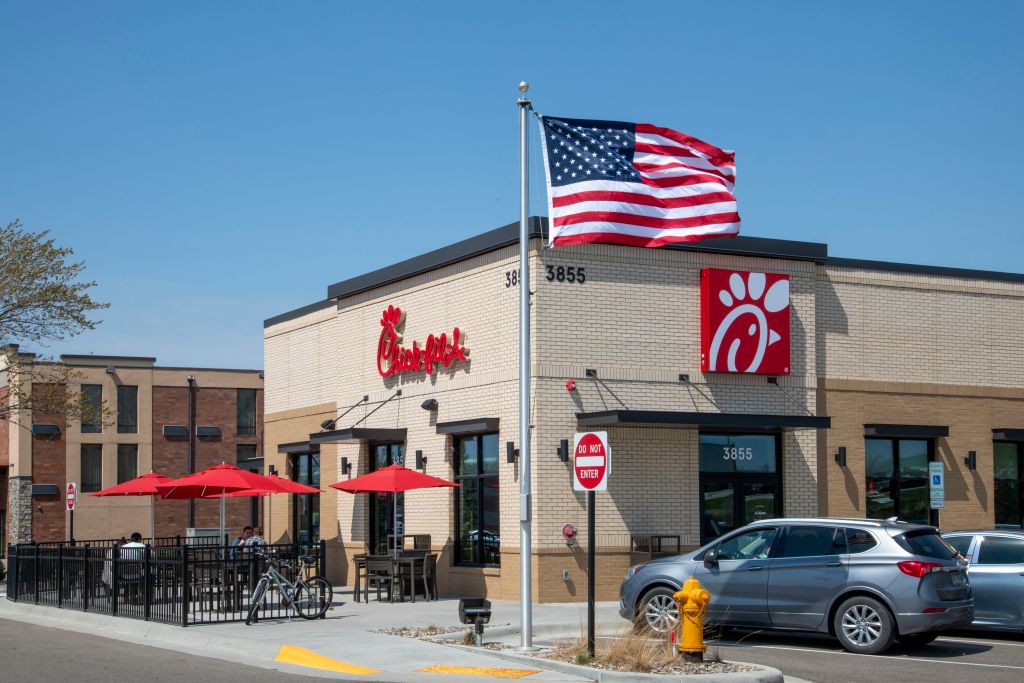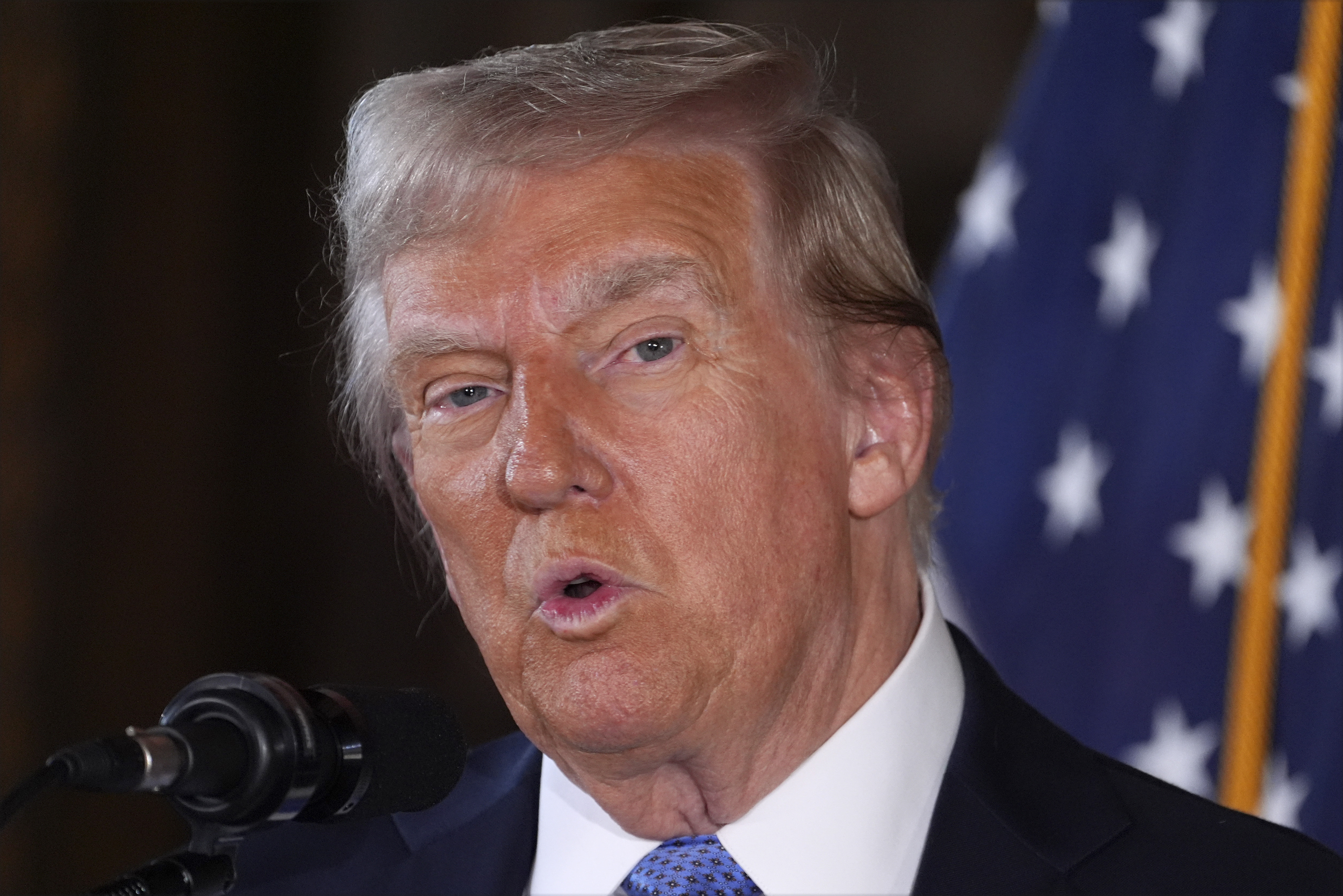
Inflation soared over the past year at its highest rate in four decades, hammering American consumers, wiping out pay raises and reinforcing the Federal Reserve’s decision to begin raising borrowing rates across the economy.
The Labor Department said Thursdaythat consumer prices jumped 7.5% last month compared with a year earlier, the steepest year-over-year increase since February 1982.
When measured from December to January, inflation was 0.6%, the same as the previous month and more than economists had expected. Prices rose 0.7% from October to November and 0.9% from September to October.
Shortages of supplies and workers, heavy doses of federal aid, ultra-low interest rates and robust consumer spending combined to send inflation leaping in the past year. And there are few signs that it will slow significantly anytime soon.
Get top local stories in Southern California delivered to you every morning. >Sign up for NBC LA's News Headlines newsletter.
Wages are rising at the fastest pace in at least 20 years, which can pressure companies to raise prices to cover higher labor costs. Ports and warehouses are overwhelmed, with hundreds of workers at the ports of Los Angeles and Long Beach, the nation’s busiest, out sick last month. Many products and parts remain in short supply as a result.
The latest inflation data suggested to some economists that the Fed could raise its key rate in March by one-half a percentage point, rather than its typical quarter-point hike.
James Bullard, the president of the St. Louis Federal Reserve Bank, told Bloomberg News that he supported a sharp increase of a full percentage point in the benchmark short-term interest rate by July.
U.S. & World
News from around the country and around the globe
Over time, higher rates will raise the costs for a wide range of borrowing, from mortgages and credit cards to auto and business loans. That could cool spending and inflation, but for the Fed, the decision to steadily tighten credit could also trigger another recession.
Federal Reserve Chair Jerome Powell signaled two weeks agothat the central bank would likely raise its benchmark short-term rate multiple times this year.
Stock prices declined after the inflation report was released and fell further after Bullard’s remarks. The broad S&P 500 index fell 1.3% in afternoon trading. The yield on the 10-year bond jumped to 2.03%, a sign that investors see more Fed rate hikes ahead.
Prices for a broad range of goods and services accelerated from December to January — and not just for items directly affected by the pandemic. Apartment rental costs rose 0.5% in January, the fastest pace in 20 years. Electricity prices surged 4.2% in January alone, the sharpest rise in 15 years, and are up 10.7% from a year earlier. Last month, household furniture and supplies rose 1.6%, the largest one-month increase on records dating to 1967.
Food costs, driven by pricier eggs, cereal and dairy products, increased 0.9% in January. New car prices, which have jumped during the pandemic because of a shortage of computer chips, were unchanged last month but are up 12.2% from a year ago. The surge in new-car prices has, in turn, accelerated used-car prices; they rose 1.5% in January and are up a dizzying 41% from a year ago.
“Just as price pressures in some areas ease, inflation in other parts of the economy" is picking up, said Sarah House, an economist at Wells Fargo. “The upshot is that inflation is likely to remain uncomfortably high.”
The steady rise in prices has left many Americans less able to afford food, gas, rent, child care and other necessities. More broadly, inflation has emerged as the biggest risk factor for the economy and as a serious threat to President Joe Biden and congressional Democrats as midterm elections loom later this year.
Among the Americans who are struggling with pricier food and gas is Courtney Luckey, who has changed her shopping habits and taken on additional work shifts at a grocery store in Charlotte, North Carolina, where she lives.
Luckey, 33, used to be able to fill up a grocery cart for $100. Now, she said, $100 barely fills half the cart. Tomatoes have reached nearly $5 a pound, “which I think is ridiculous.” Luckey has switched to canned tomatoes and has begun using coupons for Family Dollar and Food Lion.
To help pay bills, she’s also picked up more hours at a Harris Teeter grocery store. But the store is 30 minutes from her house, so she's had to spend more on gas.
All her forced additional spending has caused Luckey to pull back on the family activities, such as bowling, with her daughter, her brother and his two sons. Those outings now typically happen once a month, rather than every week or two.
In the past year, sharp increases in the costs of gas, food, autos and furniture have upended many other Americans’ budgets, too. In December, economists at the University of Pennsylvania’s Wharton School estimated that the average household had to spend $3,500 more than in 2020 to buy an identical basket of goods and services.
Small businesses have also struggled to deal with higher costs for supplies and labor.
Julio Ortiz, the owner of Gaspachos, which sells fruit cups, smoothies and coffee in Sacramento, said he had to raise prices by about 6%, on average, in November. For some items, prices rose 10%.
“We've seen a spike in pricing for fruits, vegetables, cups, and plates," he said. His company uses compostable packaging, but much of it comes from overseas and has been stuck on ships that haven't been unloaded.
Even excluding volatile food and energy prices, so-called core inflation jumped 0.6% from December to January and 6% from a year ago.
Many large corporations, in conference calls with investors, have said they expect supply shortages to persist until at least the second half of this year.
Chipotle said it’s increased menu prices 10% to offset the rising costs of beef and transportation as well as higher employee wages. And the restaurant chain said it will consider further price increases if inflation keeps rising.
“We keep thinking that beef is going to level up and then go down, and it just hasn’t happened yet,” said John Hartung, the company’s chief financial officer.
Executives at Chipotle, as well as at Starbucks and some other consumer-facing companies, have said their customers so far don’t seem fazed by the higher prices.
Levi Strauss & Co. raised prices last year by roughly 7% above 2019 levels because of rising costs, including labor, and plans to do so again this year. Even so, the San Francisco-based company has upgraded its sales forecasts for 2022.
“Right now, every signal we’re seeing is positive,” CEO Chip Bergh told analysts.
___
AP business writers Dee-Ann Durbin in Detroit and Anne D’Innocenzio in New York contributed to this report.



